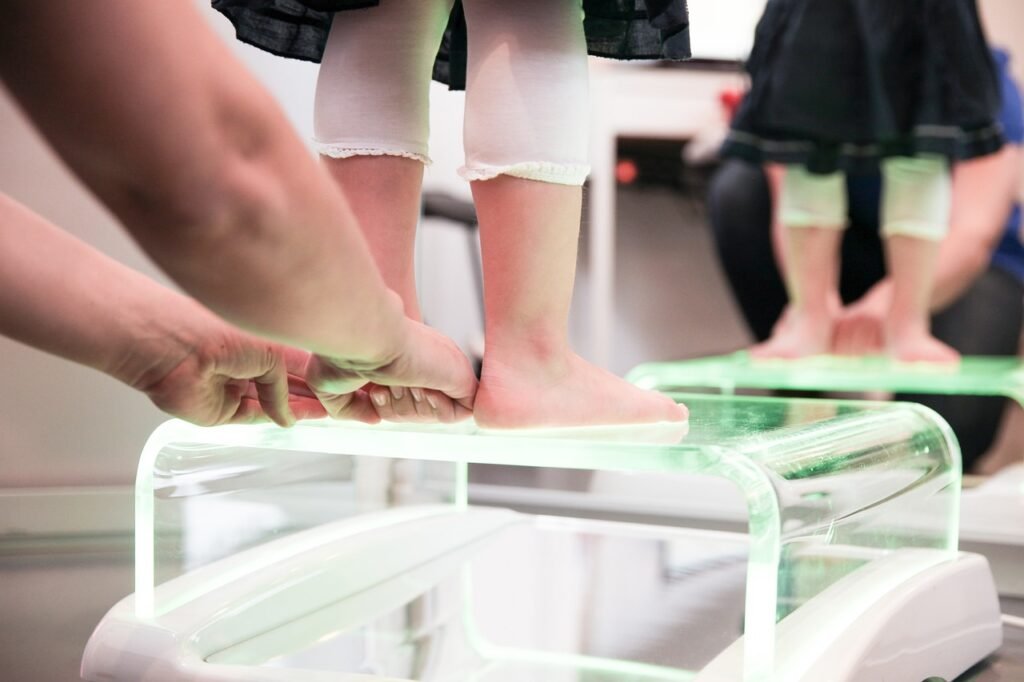Have you ever wondered what really goes on in your body when you take a cold plunge? You might be surprised at just how transformative that icy dip can be. Let’s take an engaging journey through the physiological responses and benefits of a cold plunge.
The Basics of Cold Plunging
Cold plunges, often referred to as cold baths or ice baths, typically involve submerging your body in cold water—generally below 60°F (15°C)—for a certain period of time. It might sound uncomfortable, and let’s be honest, it can be an intense experience! But many swears by the invigorating effects it can have on both mind and body.

The Immediate Physical Response
When you first step into that cold water, your body reacts almost instantly. This is a normal response called thermoregulation, where your body works hard to maintain its internal temperature.
-
Vasoconstriction: The cold temperature causes your blood vessels to constrict. This means your body is trying to prevent heat loss by reducing blood flow to areas that aren’t vital for your immediate survival.
-
Tachycardia: Your heart rate may increase. Don’t worry—this is a natural response. The cold can shock your system, causing your heart to pump more vigorously, which can provide an adrenaline rush.
-
Breath Control: You might notice you’re breathing quickly and shallowly when you first plunge into the cold water. This is due to the body’s fight-or-flight response kicking in.
Your Body’s Fight-or-Flight Response
Taking a cold plunge isn’t just a fun way to experience discomfort; it triggers a natural response in your body known as the fight-or-flight response. This is your body’s way of preparing to face a perceived threat or challenge.
- Release of Stress Hormones: Your body releases hormones like cortisol and adrenaline to prepare you for action.
- Heightened Alertness: As your body goes into this mode, you become more alert and focused, which can be beneficial if you’re looking for a boost in mental clarity.
Benefits of Cold Plunging
You might be curious about why so many people are turning to the chilly embrace of cold water for various health benefits. After all, there’s a lot to be said for enduring a bit of discomfort if it can lead to positive outcomes, right?
Physical Recovery
One of the main reasons athletes swear by cold plunges is for recovery.
-
Reduced Muscle Soreness: Cold water can help reduce inflammation and soreness after an intense workout. By constricting blood vessels, the cold limits the amount of swelling and tissue breakdown that can happen post-exercise.
-
Faster Recovery Times: Athletes often report feeling less physically drained after cold exposure. This can help them get back to their training sessions quicker and with more energy.
Mental Health Boost
There’s more to cold plunging than physical benefits—it can also work wonders for your mental health.
-
Improved Mood: Cold exposure has been linked to increased levels of dopamine, the feel-good hormone. A quick dip can give you an instant mood lift.
-
Relief from Anxiety: For some people, the shock of cold water can serve as a reset. It breaks the cycle of anxious thoughts and helps you focus on the immediate sensory experience instead.
Enhanced Immune Function
Cold plunging may also provide a boost to your immune system.
-
Increased White Blood Cell Count: Regular exposure to cold water is believed to stimulate an increase in white blood cells, making your body more prepared to fight off infections.
-
Better Circulation: The alternation between vasoconstriction and vasodilation in your body promotes better blood flow and nutrient delivery, which can strengthen your immune defenses.
Preparing for Your Cold Plunge
It’s essential to approach cold plunging with a bit of knowledge and preparation to ensure that you experience the benefits while minimizing any risks.
What to Keep in Mind
Before you jump in, consider these important points:
-
Duration: Start with just a few seconds to see how your body reacts. Gradually increase the time as you become accustomed to the experience.
-
Temperature: Water that’s too cold can be dangerous, so aim for a temperature that feels invigorating but not intolerable.
-
Breathing Practice: Focus on your breathing. Once you get in, try to take deep, controlled breaths to help manage your body’s initial shock response.
Safety Considerations
Cold plunging can pose certain health risks. It’s best to consider the following:
-
Consult Your Doctor: If you have pre-existing health conditions, such as heart issues, it’s wise to consult a healthcare professional before trying cold plunging.
-
Listen to Your Body: If at any point you feel dizzy or excessively uncomfortable, it’s time to get out of the water.

After Effects: What to Expect
Once you emerge from the icy waters, you might notice several aftereffects that can vary from person to person.
Physical Sensations
As you warm up, your body will go through a series of post-plunge sensations:
-
Tingling Sensation: This is quite normal! Blood flow is returning to your extremities, which may feel like tingling or a rush of warmth.
-
Relaxation: Many people report a profound sense of relaxation after cold plunging. This can stem from the drop in cortisol levels after your initial adrenaline rush.
Emotional Release
Beyond the physical, cold plunging can also yield emotional benefits:
-
Sense of Accomplishment: Conquering the challenge of cold exposure can instill a sense of pride and accomplishment.
-
Heightened Awareness: You might find yourself more in tune with your body and mind post-plunge, experiencing clearer thoughts and a renewed focus.
Integrating Cold Plunges into Your Routine
If you’re intrigued by the benefits of cold plunging and want to make it a regular part of your life, consider how you can best integrate it into your routine.
Frequency and Timing
-
Once a Week: Many people find benefit in cold plunging once a week, giving the body time to recover while still enjoying the benefits.
-
Pre-Workout or Post-Workout: Some prefer cold plunges as a pre-workout ritual for a quick energy boost, while others find recovery benefits by using it afterward.
Alternatives to Cold Plunges
If jumping into a cold pool or bath isn’t your thing, there are alternatives you can explore:
| Alternative | Description |
|---|---|
| Cold Showers | A more accessible option where you gradually lower the water temperature. |
| Ice Packs | Applying ice packs to sore muscles for localized recovery. |
| Cryotherapy | Visiting a cryotherapy center for a whole-body cold exposure experience. |

Closing Thoughts: Is It Worth It?
As you consider whether cold plunging is right for you, keep in mind that everyone’s body reacts differently. Some find it to be an invigorating ritual that boosts their physical and mental well-being, while others may discover it’s not their cup of tea.
If you do decide to take the plunge, approach it with awareness and care. Just like any practice aimed at enhancing well-being, consistency, and mindfulness are key. Whether you end up loving the frigid experience or not, you’ve taken an informed step into understanding what cold plunges can do for you. Each icy dip presents an opportunity to learn more about your body, and in doing so, you may just find a new appreciation for the power of discomfort.
So, ready to give it a go?

